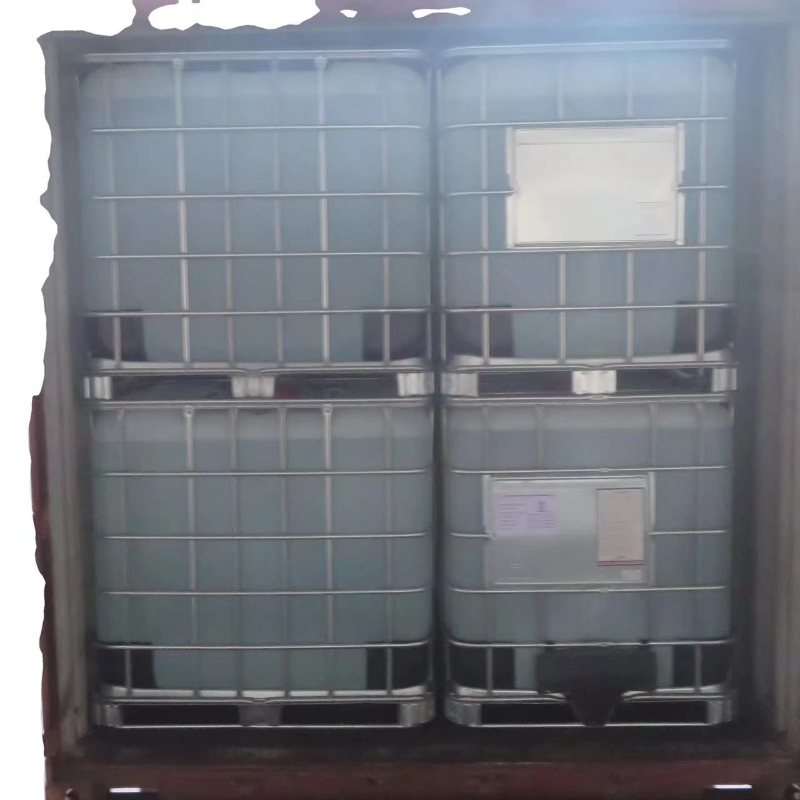-
Categories
-
Pharmaceutical Intermediates
-
Active Pharmaceutical Ingredients
-
Food Additives
- Industrial Coatings
- Agrochemicals
- Dyes and Pigments
- Surfactant
- Flavors and Fragrances
- Chemical Reagents
- Catalyst and Auxiliary
- Natural Products
- Inorganic Chemistry
-
Organic Chemistry
-
Biochemical Engineering
- Analytical Chemistry
- Cosmetic Ingredient
-
Pharmaceutical Intermediates
Promotion
ECHEMI Mall
Wholesale
Weekly Price
Exhibition
News
-
Trade Service
Indwelling an intravascular catheter is a commonly used medical operation technique for diagnosis and treatment of patients .
Indwelling an intravascular catheter is a commonly used medical operation technique for diagnosis and treatment of patients .
2.
3.
Preventive measures after intubation.
(1) Use sterile transparent dressings with good air permeability to cover the puncture point as much as possible, and sterile gauze can be used to cover the patients with high fever, sweating, bleeding at the puncture point, and exudation.
(2) The dressing covering the puncture point of the catheter should be replaced regularly.
The replacement interval is: sterile gauze at least once/2 days, sterile transparent dressing at least once/week, and the dressing should be replaced in time when it is wet, loose, or visible contamination.
(3) Before touching the puncture point or changing the dressing, medical staff should strictly follow the relevant requirements of the "Hand Hygiene Regulations for Medical Staff" to perform hand hygiene.
(4) Central venous catheter and PICC, minimize the use of additional devices such as tee.
Keep the catheter connection port clean.
Before each connection and injection of drugs, disinfectants that meet the relevant national regulations should be used, and the surrounding areas of the ports should be disinfected according to the disinfectant instructions.
The drugs can be injected after they are dry; if there is blood stains in the ports, etc.
It should be replaced immediately.
(5) Patients should be told to protect the catheter when bathing or rubbing, and avoid getting the catheter wet or immersed in water.
(6) The infusion pipeline should be replaced in time after the infusion is one day or after the infusion is stopped.
During blood transfusion, the drug delivery device and filter should be replaced after each unit of blood transfusion is completed or every 4 hours; when the intravenous fat agent (IVFE) is infused alone, the infusion device should be replaced every 12 hours.
After peripheral and central venous catheterization, the catheter should be flushed and sealed with preservative-free normal saline or heparin saline to prevent catheter blockage.
(7) Strictly ensure the sterility of the infusion liquid.
(8) For catheter placement in an emergency, if effective aseptic principles cannot be guaranteed, the catheter should be removed as soon as possible within 2 days, and the puncture site should be replaced and reinserted when the condition requires it.
(9) The patient's catheter puncture point and the whole body should be observed every day for signs of infection.
When the patient has local inflammation at the puncture site, or systemic infection, and vascular catheter-related infection is suspected, it is recommended to comprehensively evaluate whether or not to extubate the tube.
If a central venous catheter-related bloodstream infection is suspected, it is recommended to conduct catheter tip culture, transcatheter blood culture, and contralateral venous puncture for blood culture during extubation.
(10) Medical staff should evaluate the necessity of retaining the catheter every day, and remove the catheter as soon as possible when it is not needed.
(11) If there are no signs of infection, vascular catheters should not be replaced routinely, and central venous catheters, pulmonary artery catheters and umbilical cord catheters should not be replaced regularly to prevent infection.
Peripheral venous catheters for adults should be replaced once every 3-4 days; children and infants may not be replaced if they are normal and without infection before assessing the catheter function.
The pressure transducer of the peripheral arterial catheter and other components in the system (including the management system, continuous flushing device and flushing solution) should be replaced every 4 days.
It is not advisable to use antibacterial ointment or cream locally on the vascular catheter.
(12) See the attachment for special preventive measures related to various vascular catheter-related infections.
When patients with long-term catheterization have multiple bloodstream infections associated with vascular catheters, the tube can be sealed with antimicrobial solution preventively.
Accessories: special precautions various types of vascular catheter-related infection in
children accessory attachment special precautions various types of vascular catheter-related infections special precautions various types of vascular catheter-related infection of a central venous catheter, PICC and pulmonary artery catheter a central venous catheter , PICC and pulmonary artery catheters 1.
Central venous catheters, PICC or pulmonary artery catheters should not be routinely replaced to prevent vascular catheter-related infections.
2.
When the non-tunnel catheter has no obvious evidence of infection, it can be replaced by guide wire.
3.
When a non-tunnel catheter is suspected of infection, the catheter should not be replaced by a guide wire.
4.
In patients with central venous catheters or PICCs who have evidence of vascular catheter-related bloodstream infections, the decision should be made based on the results of the clinical comprehensive evaluation.
5.
Peripheral arterial catheter and pressure monitoring device: Adults should choose the radial artery, brachial artery, and dorsal foot artery.
Children should choose radial artery, dorsal foot artery and posterior tibial artery.
6.
The use time of the pressure sensor should follow the product manual or be replaced every 4 days.
7.
It is advisable to use a pressure monitoring device with a diaphragm at the entrance, and wipe the disinfection diaphragm with a disinfectant before use.
8.
The pressure monitoring device should be kept sterile in use, including the calibration device and flushing device.
9.
The operation of pressure monitoring devices should be reduced.
10.
It is not advisable to administer glucose-containing solutions or parenteral nutrition solutions through pressure monitoring devices.
11.
It is advisable to use a closed continuous flushing system.
2.
Umbilical vessel catheter 2.
Umbilical vessel catheter 1.
The umbilical artery catheter should not be placed for more than 5 days, and the umbilical vein catheter should not be placed for more than 14 days, and should be removed in time when it is not needed.
2.
The umbilicus should be cleaned and disinfected before intubation.
3.
It is not suitable to use antibacterial ointment or emulsion locally on the umbilical vascular catheter.
4.
In the event of vascular catheter-related bloodstream infection, vascular insufficiency, or thrombosis , the catheter should be removed, and the catheter should not be replaced.
Only replace the catheter when the catheter fails.
5.
Use low-dose heparin (0.
25U/ml~1.
0U/ml) to continuously infuse the umbilical artery catheter to maintain its patency.
Thrombus 3.
Completely implantable catheter (infusion port) 3.
Completely implantable catheter (infusion port) 1.
The indwelling needle (non-damaged needle) for the infusion port should be replaced at least every 7 days .
2.
A vascular access port infusion in the treatment of a gap should be maintained at least every 4 Monday times.
IV.
Hemodialysis catheter IV.
Hemodialysis catheter 1.
The internal jugular vein catheter should be the first choice.
2.
Patients with maintenance hemodialysis should use arteriovenous fistula
Leave a message here







